Rainbow trout is a delicious oily fish which is high in omega-3, full of essential nutrients, and it’s one of the “cleanest” fish.
A relative of the wider salmon family, rainbow trout is a freshwater fish and the most common species of trout.
This guide examines the nutrition profile and health benefits of trout.
Nutrition Facts
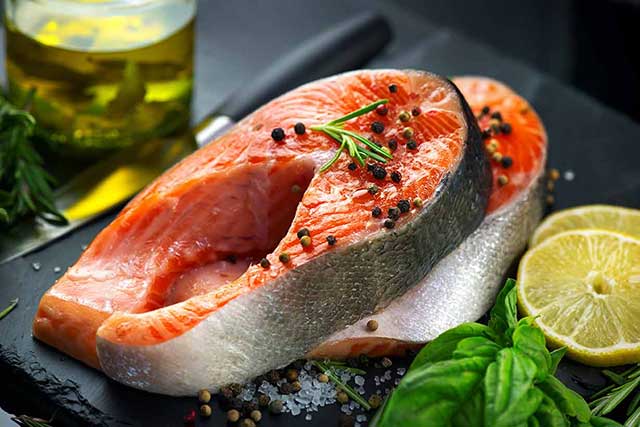
The following tables show the nutritional values for raw rainbow trout per 100 gram (3.5 oz) serving according to the USDA Food Composition Databases (1, 2).
Calories and Macronutrients
Rainbow trout is fairly low in calories and it is a good source of protein and healthy fat.
| Calories/Nutrient | Amount (kcal/grams) |
|---|---|
| Calories | 119 kcal |
| Carbohydrate | 0 g |
| Fiber | 0 g |
| Sugar | 0 g |
| Fat | 3.5 g |
| Saturated Fat | 0.7 g |
| Monounsaturated Fat | 1.1 g |
| Polyunsaturated Fat | 1.2 g |
| Omega-3 | 812 mg |
| Omega-6 | 239 mg |
| Protein | 20.5 g |
Vitamins
Here is a look at the vitamin profile of trout showing the amount of the reference daily intake (RDI) for each nutrient.
| Vitamin | Amount | % RDI |
|---|---|---|
| Vitamin D | 635 IU | 106 % |
| Vitamin B12 | 4.5 mcg | 74 % |
| Vitamin B3 | 5.4 mg | 27 % |
| Vitamin B6 | 0.4 mg | 20 % |
| Vitamin E | 2.34 mg | 16 % |
| Vitamin B5 | 0.9 mg | 9 % |
| Vitamin B1 | 0.1 mg | 8 % |
| Vitamin B2 | 0.1 mg | 6 % |
| Folate | 12.0 mcg | 3 % |
| Vitamin A | 62.0 IU | 1 % |
Minerals
The primary minerals in rainbow trout are phosphorus, selenium, and potassium.
| Mineral | Amount | % RDI |
|---|---|---|
| Phosphorus | 67.0 mg | 27 % |
| Selenium | 12.6 mcg | 18 % |
| Potassium | 481 mg | 14 % |
| Magnesium | 31.0 mg | 8 % |
| Manganese | 0.2 mcg | 8 % |
| Calcium | 67.0 mg | 7 % |
| Zinc | 1.1 mg | 7 % |
| Copper | 0.1 mg | 5 % |
| Iron | 0.7 mg | 4 % |
| Sodium | 31.0 mg | 1 % |
Rainbow Trout Benefits
Here is a look at some of the reasons why rainbow trout can be a healthy addition to our diet.
1) Contains Low Levels of Mercury and Other Contaminants
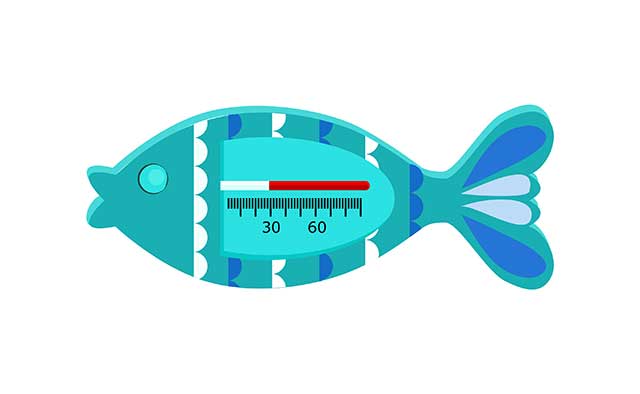
Rainbow trout is one of the healthiest fish and seafood choices for numerous reasons, but one of the most significant might be its low level of contaminants.
First of all, methylmercury contamination can be a problem with seafood. Coal power plants around the world emit somewhere between 5,000 and 5,500 tons of mercury per year (3).
Unfortunately, this mercury can spread thousands of miles throughout the atmosphere, and it eventually falls into the sea.
Research suggests that a high intake of seafood can increase the risk of developing mercury toxicity, a condition that can result in systemic damage to the human body, particularly to the nervous and neurological system (4, 5).
How Much Mercury Does Trout Contain?
Data recorded between 1991 and 2008 demonstrated that freshwater trout contained a mean mercury concentration of 0.071 PPM (6).
This data places trout among the fish with the lowest levels of mercury. As a comparison, shark has a mean mercury concentration of 0.979 PPM (6).
Chemical Contaminants
Studies also show that rainbow trout have low bioaccumulation of heavy metals and contaminants such as cadmium, lead, and organochlorines (7, 8).
2) A Rich Source of Omega-3 Fatty Acids
Although rainbow trout is a leaner fish than species like salmon and tuna, it still offers a good amount of omega-3 fatty acids.
A typical (159 gram) trout fillet contains around 1291 mg of omega-3 (2).
Since average omega-3 intake is low, most of us could probably benefit by increasing our intake of oily fish.
For instance, the typical Western diet has an average omega-6 to omega-3 intake of around 20:1 in recent times. Research suggests that this ratio was 1:1 throughout much of human evolution (9).
Furthermore, research findings from randomized controlled trials demonstrate that increasing our intake of oily fish may (10, 11, 12);
- Improve cognitive function, markers of cardiovascular health, and all-around behavior in school children.
- Beneficially affect cardiovascular risk by promoting “significantly reduced triglycerides and increased HDL-cholesterol concentrations.”
- Reduce blood pressure.
See this guide for a review of fish with the highest amounts of omega-3.
3) Trout Is High In Protein
Trout is rich in protein, and one (159 g) fillet offers 32.6 grams of protein (2).
Protein from fish is also highly bioavailable, and it contains large concentrations of all the essential amino acids.
Interestingly, some research also suggests that fish protein may be more satiating than other protein sources (13, 14).
However, these studies were small in scale, and more extensive research is necessary to give the idea credence.
4) An Excellent Source of Vitamin B12
Red meat automatically comes to mind when most people hear vitamin B12.
However, fish is also a rich source of this vital nutrient, and rainbow trout contains a large concentration of the vitamin.
Per fillet, rainbow trout supplies 7.1 mcg of B12, which is equal to 118% of the RDI (2).
Vitamin B12 is a nutrient that plays an essential role in DNA and red blood cell production. It is also thought to play an important part in cognitive health (15).
5) Trout Provides Large Amounts of Vitamin D
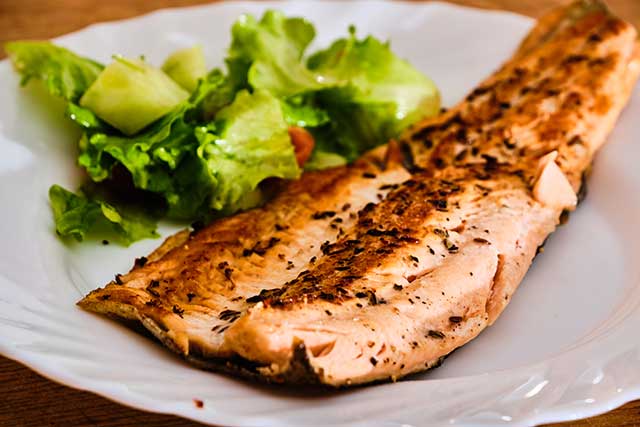
Sunlight is the best source of vitamin D, which is why you may hear it referred to by the name ‘the sunshine vitamin’.
However, dietary vitamin D can also be important, particularly for individuals not getting enough natural sunlight.
On this note, rainbow trout is one of the best dietary sources of the vitamin, and one fillet offers 635 IU, which is more than 100% of the RDI (1).
Vitamin D has numerous essential functions for human health.
Among these, the vitamin helps to enhance immunity, regulate blood pressure, and strengthen bone health (16).
6) Rich In Selenium
The most concentrated mineral found in rainbow trout is selenium.
Selenium helps to produce antioxidant enzymes that have health-protective effects in the body (17, 18).
These enzymes are otherwise known as selenoenzymes, and research suggests they help fight oxidative stress and reduce inflammation (19, 20).
A typical trout fillet offers 20 mcg of selenium, which is equivalent to 29% of the RDI (2).
7) Good Source of Potassium
Rainbow trout provides a good supply of potassium, with one fillet offering 765 mg, which is 22% of the RDI (2).
Potassium is a nutrient that most people are not getting in sufficient quantities.
Worryingly, recent research showed that only 3% of American adults meet the AI (adequate intake) levels set for potassium (21).
Among its many functions, potassium plays a crucial role in regulating blood pressure alongside sodium.
As a result, diets that provide an insufficient amount of potassium can raise blood pressure levels (22, 23).
A dinner of trout fillet alongside some green vegetables (such as spinach) can significantly boost potassium intake.
8) Rainbow Trout Displays Good Nutrient Density
Judging food by how much fat or carbohydrate it contains (or how many calories) is not an accurate measure of its respective health properties.
For this purpose, a nutrient-density score is a better way to judge how beneficial a particular food is.
Nutrient density refers to how many nutrients food offers compared to its relative energy (calorie) density.
For instance, sugar and soybean oil are two of the worst performing foods; they contain almost no nutrients yet significant numbers of calories.
On the other hand, rainbow trout is very nutrient-dense.
The fish contains only 119 calories per 100 grams (or 189 calories per fillet).
Despite being very low in calories, trout is an excellent source of protein, omega-3, selenium, potassium, phosphorus, vitamin D, vitamin B12, and many other nutrients in varying proportions.
9) Rainbow Trout Tastes Delicious
Eating healthy food becomes much easier when the food tastes good, and trout doesn’t disappoint in this regard.
Whether baking, broiling, pan-frying, poaching, or making a stew; trout always tastes delicious.
There are some definite similarities between trout and salmon, and while slightly different, both have a similar soft texture, pink color, and taste profile.
However, trout has a slightly milder taste.
While it is tasty on its own, trout works well with creamy condiments such as parsley or lemon sauce.
There are two excellent recipes for cooking trout with creamy lemon sauces here;
Final Thoughts
Trout doesn’t enjoy the popularity of its relatives in the salmon family.
However, nutritionally it certainly offers a lot.
For one thing, trout provides an excellent source of omega-3, protein, vitamins, and minerals.
Another great benefit of trout is that it is typically cheaper than salmon.
Overall, this fish is a healthy, nutrient-dense, and affordable addition to any diet.
For more on oily fish, see this guide to sockeye salmon.


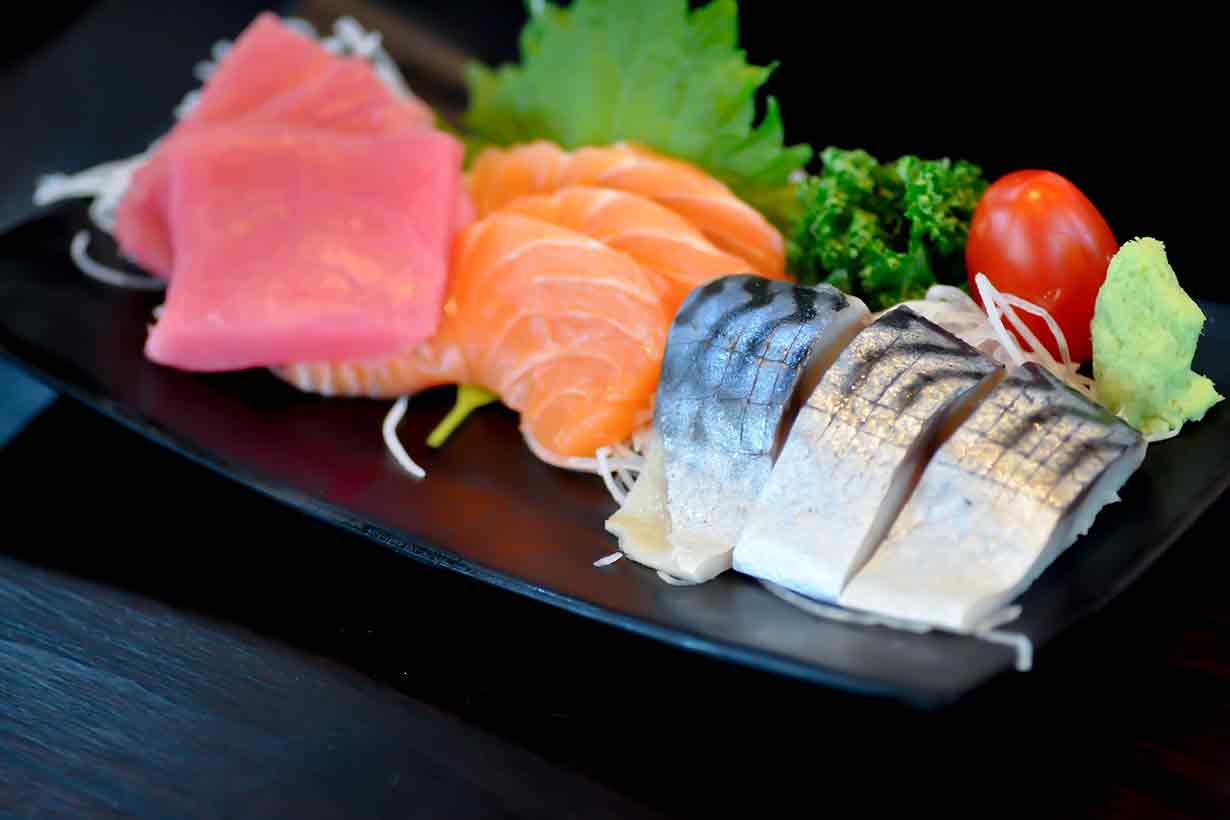


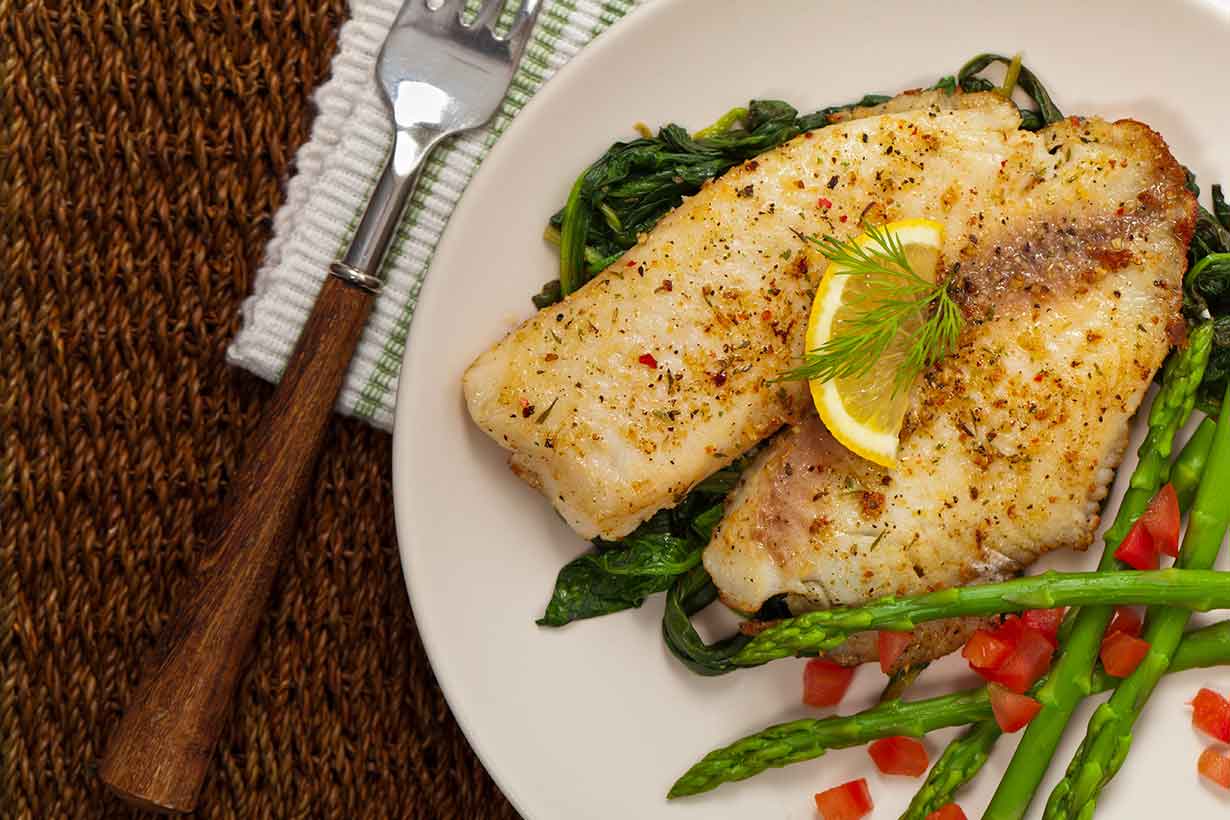

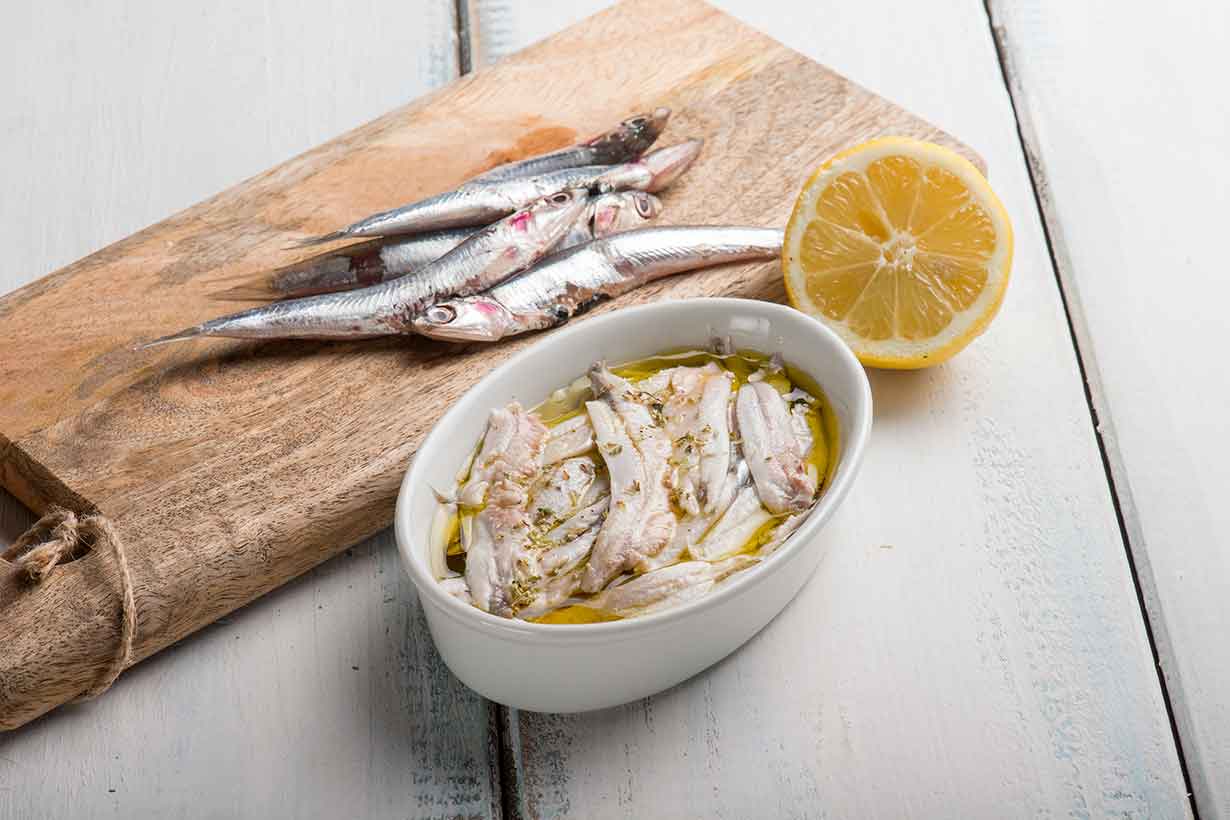
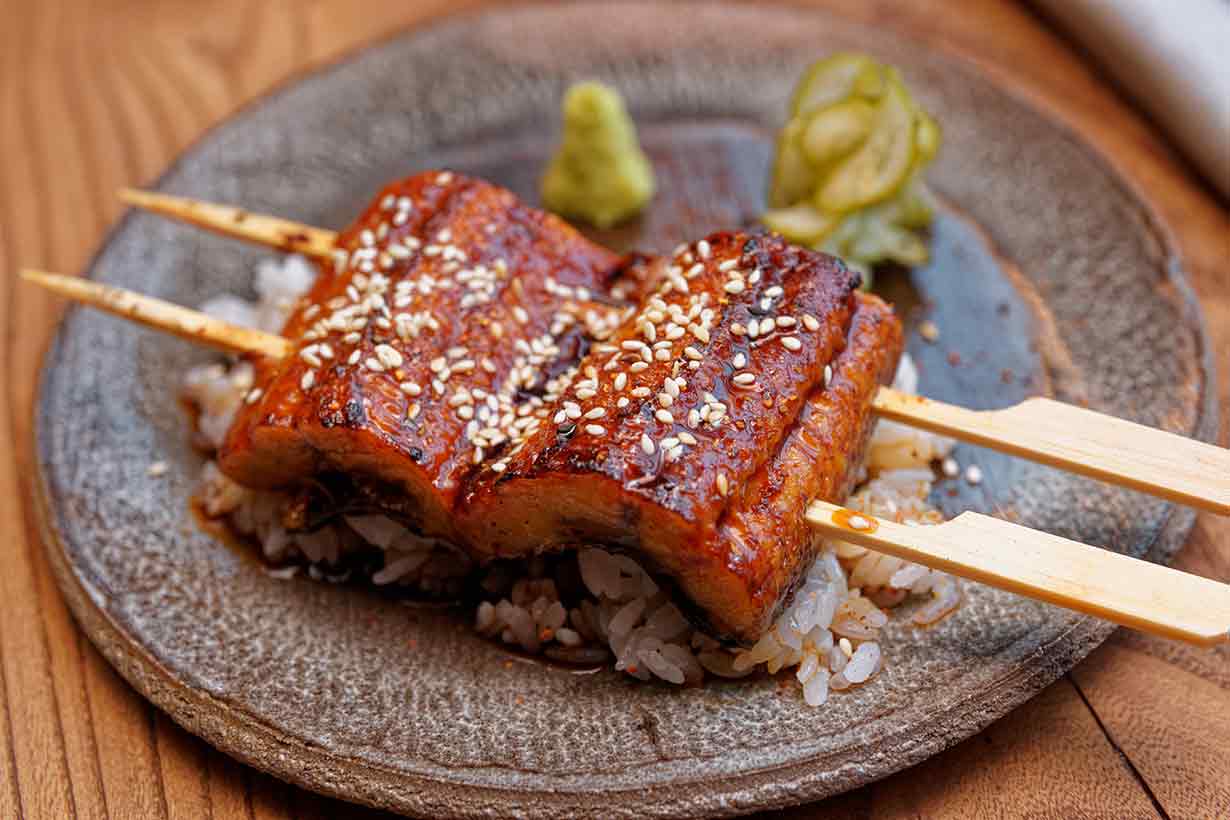
Great! But, where do you buy fresh Rainbow Trout?
Depending on where you live, rainbow trout (or a similar variety of trout – which is also good) should be available in local seafood markets or big food stores. If not, there’s most likely a nearby online source.
Good to know, I did not know all of that about trout and I like trout. Love salmon but worry about the contaments in it.
As for the contaminants in salmon, my personal view is that the benefits of seafood outweigh the possible concerns. Salmon is also a reasonably “clean” fish, but the quality of fish farms can vary.
Thank you so much for the information! Making Trout tomorrow for dinner!
Hope you enjoy it!